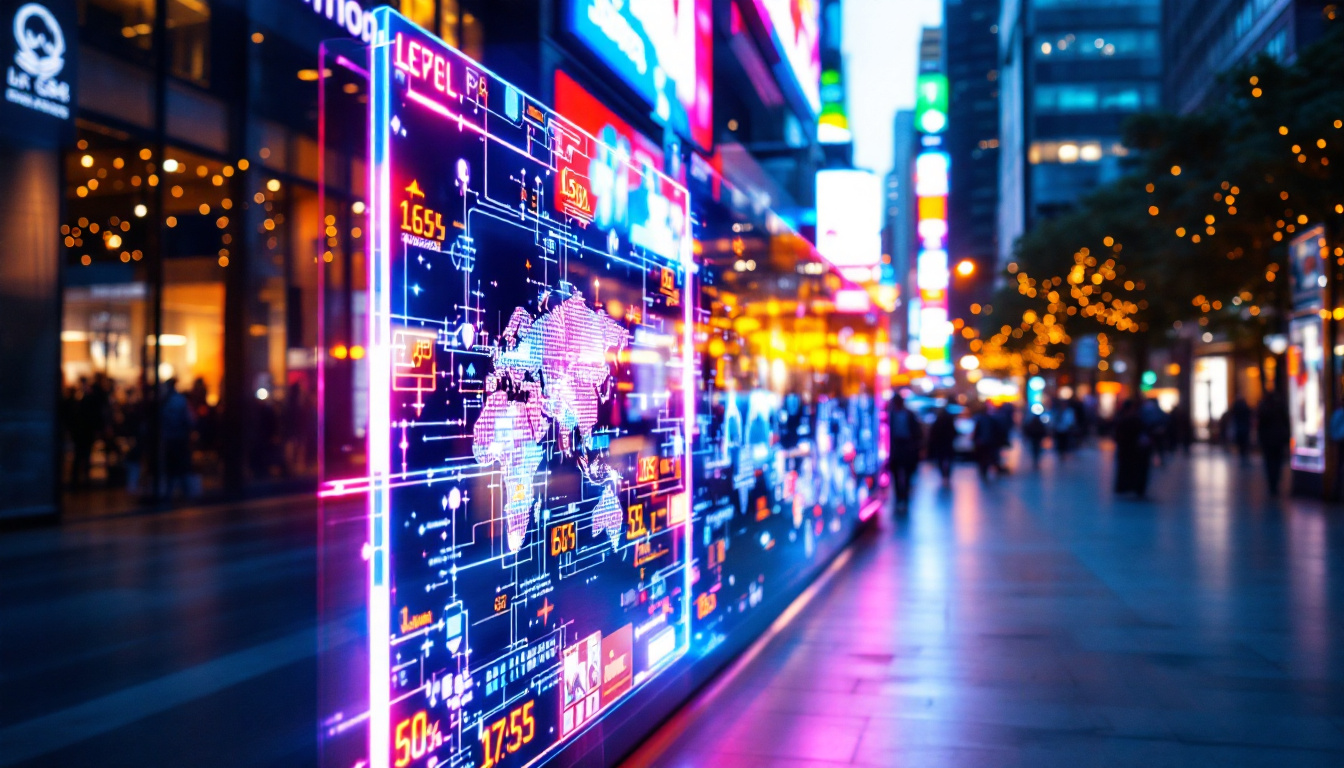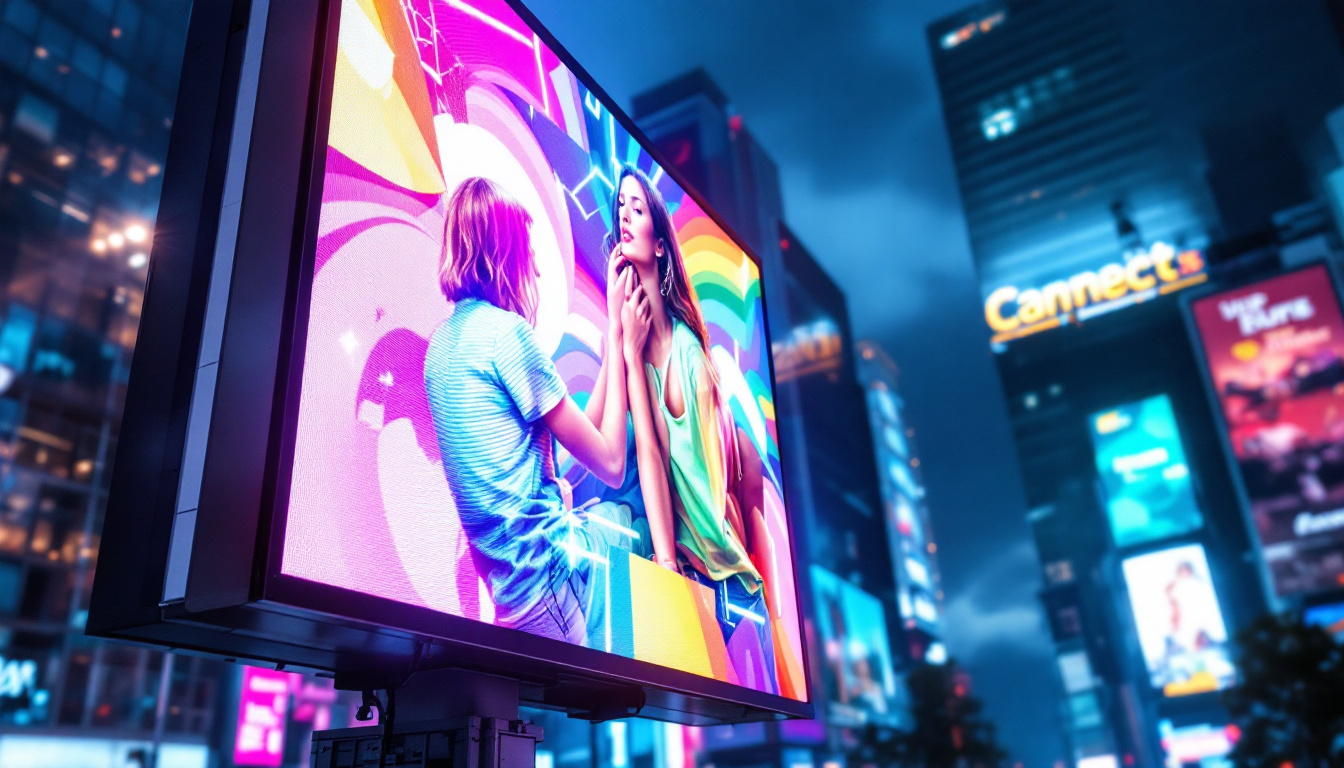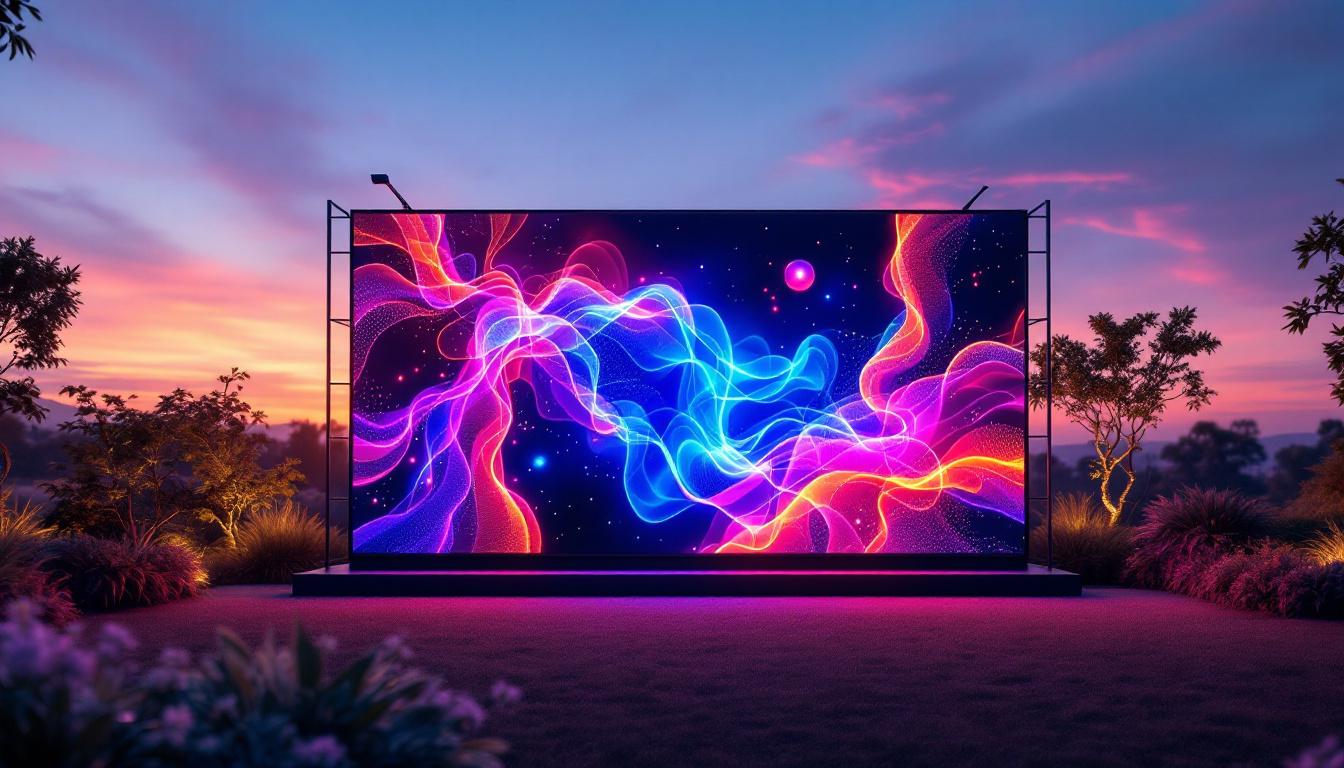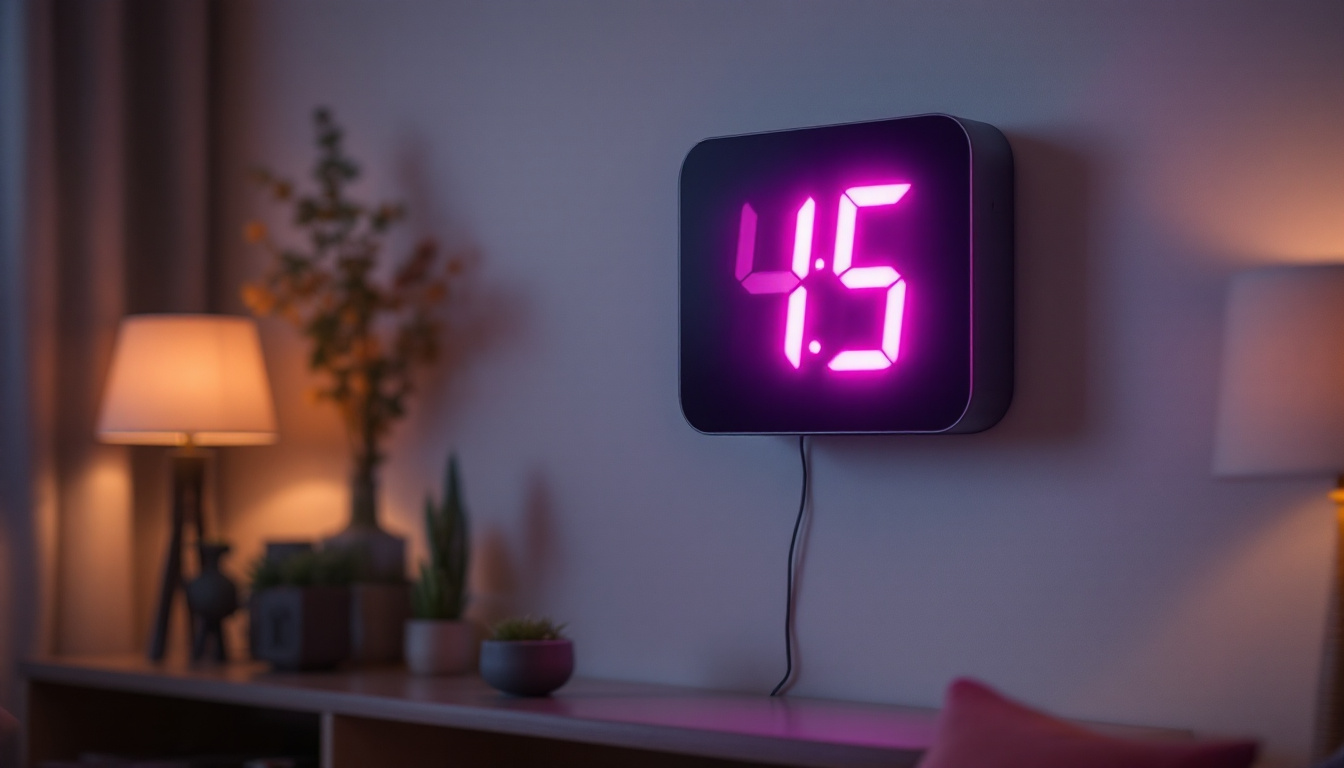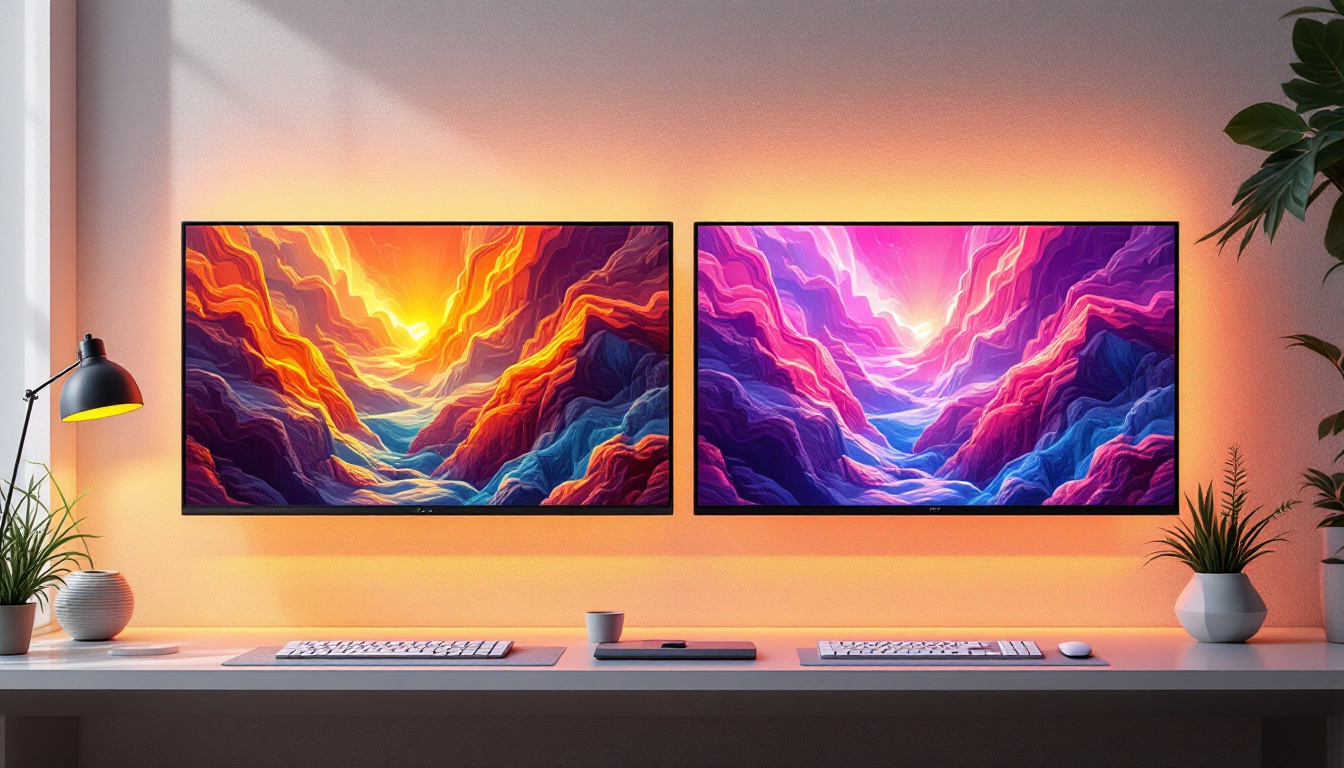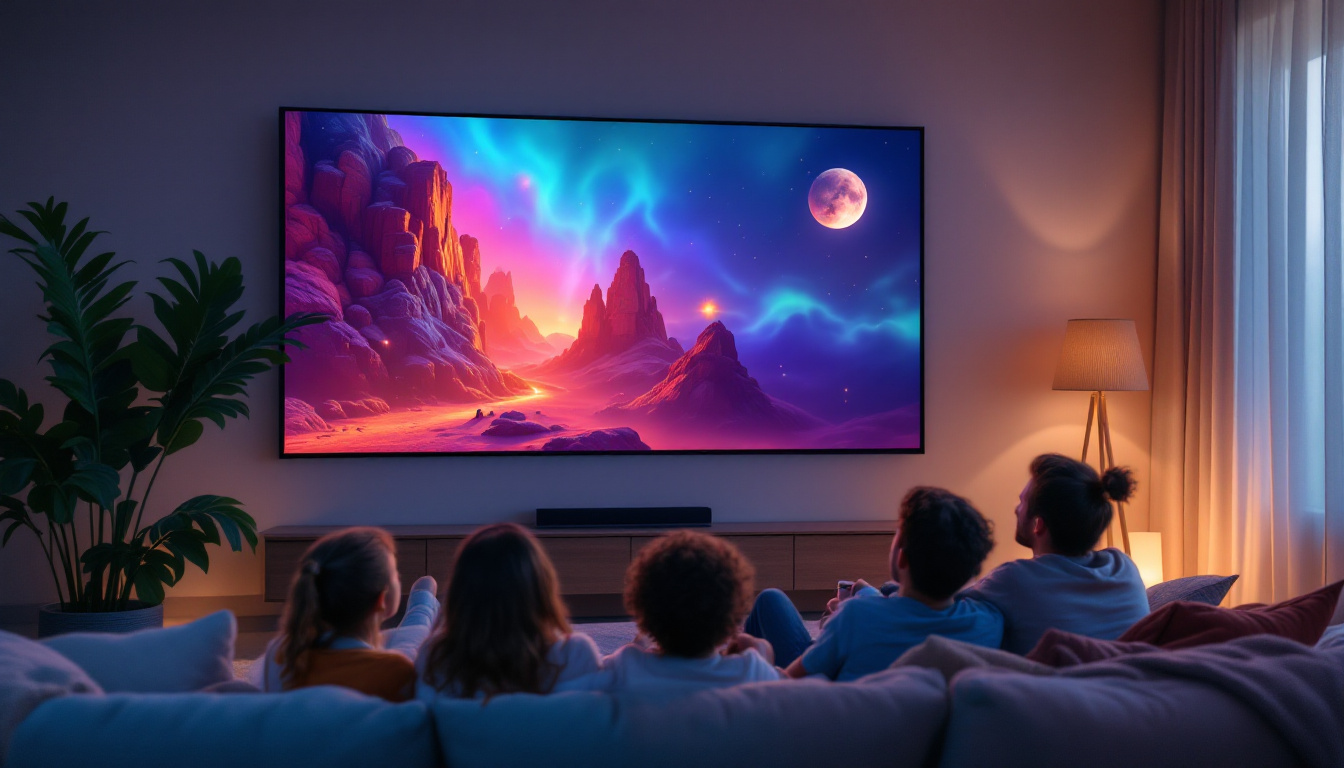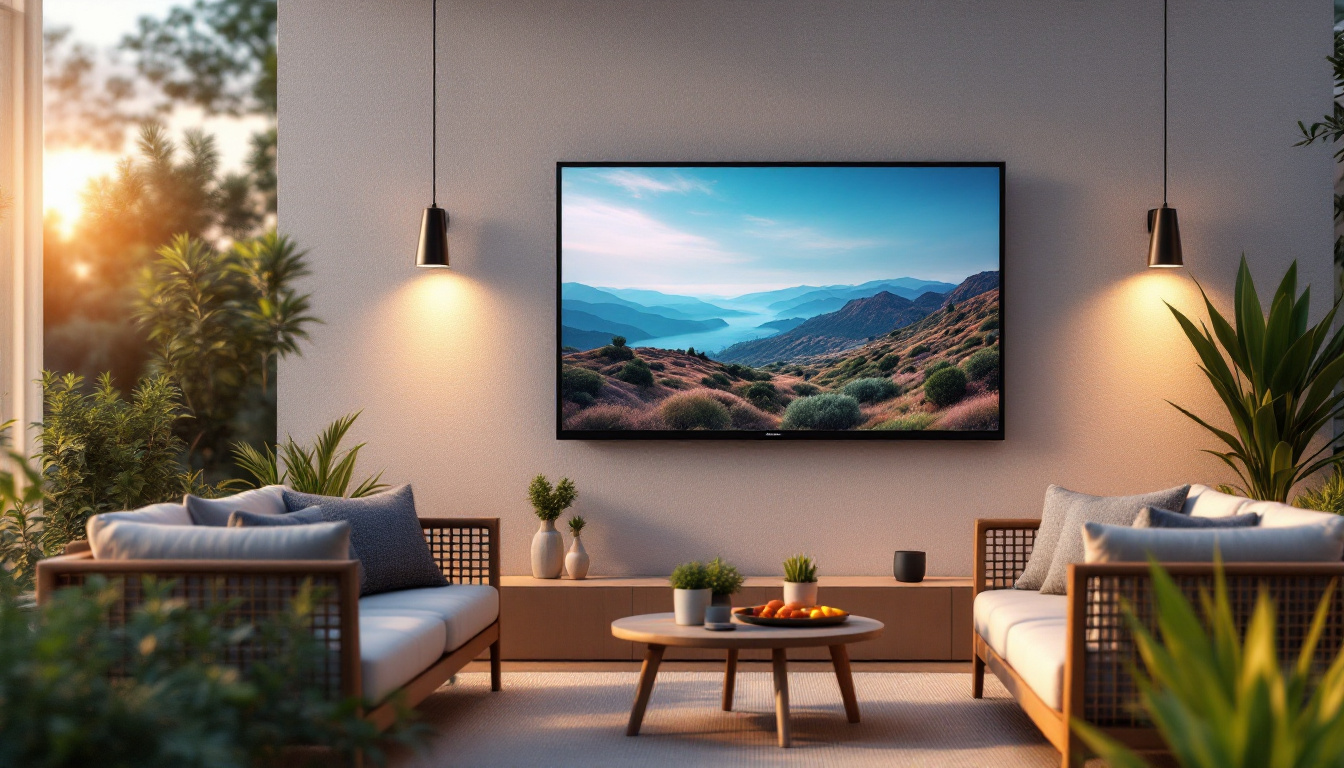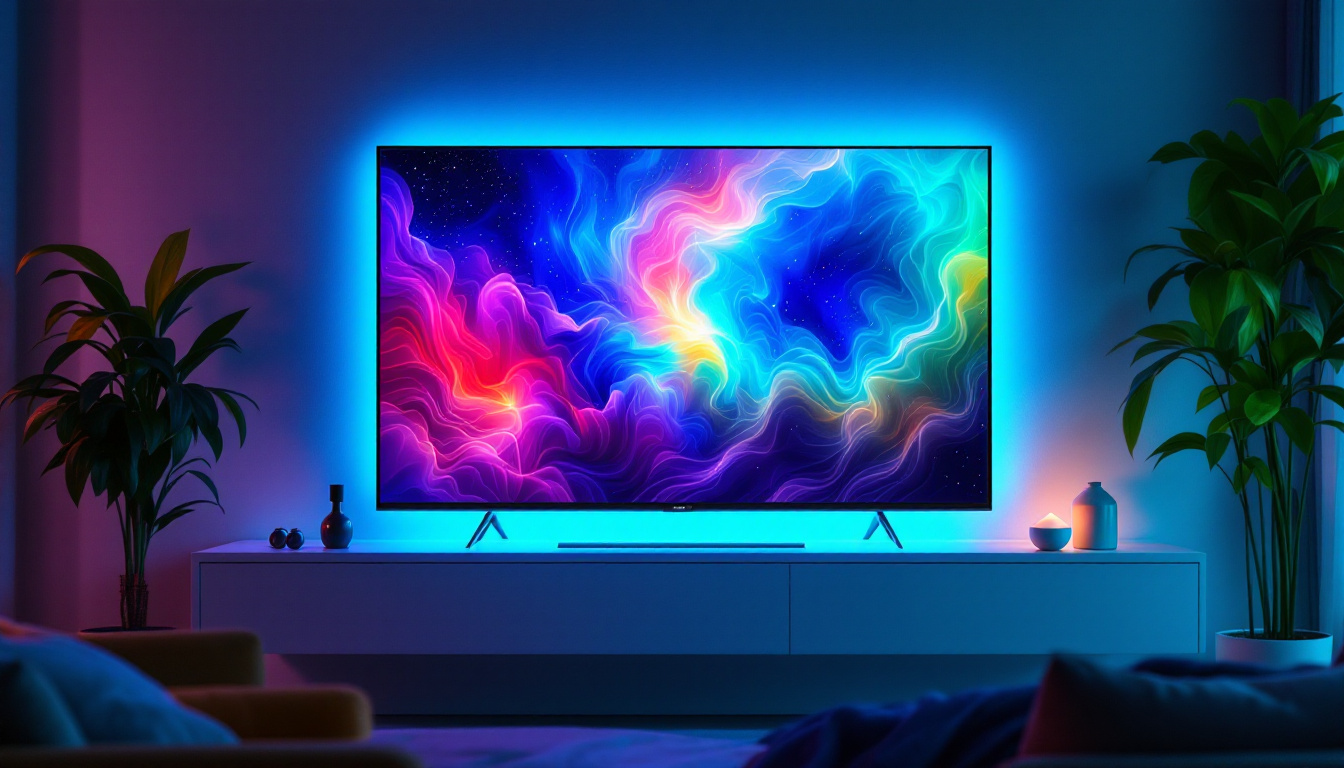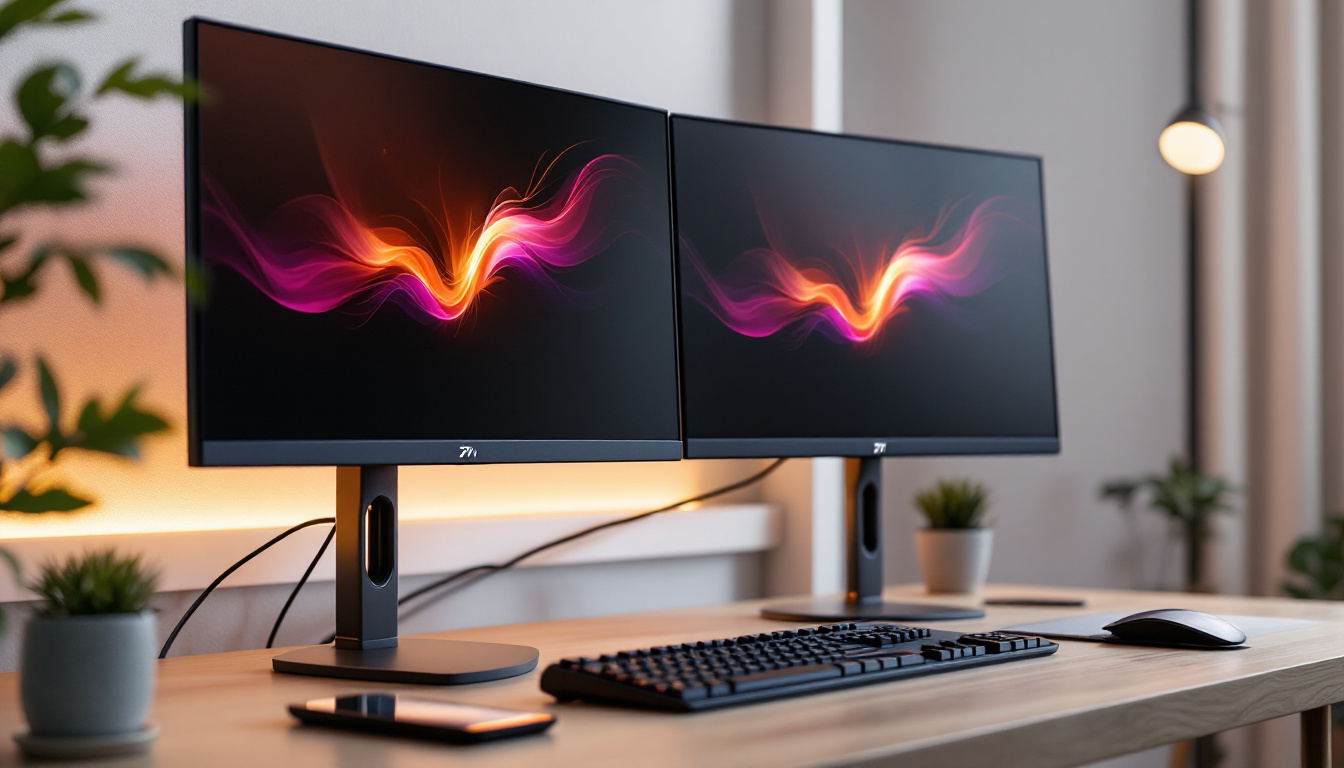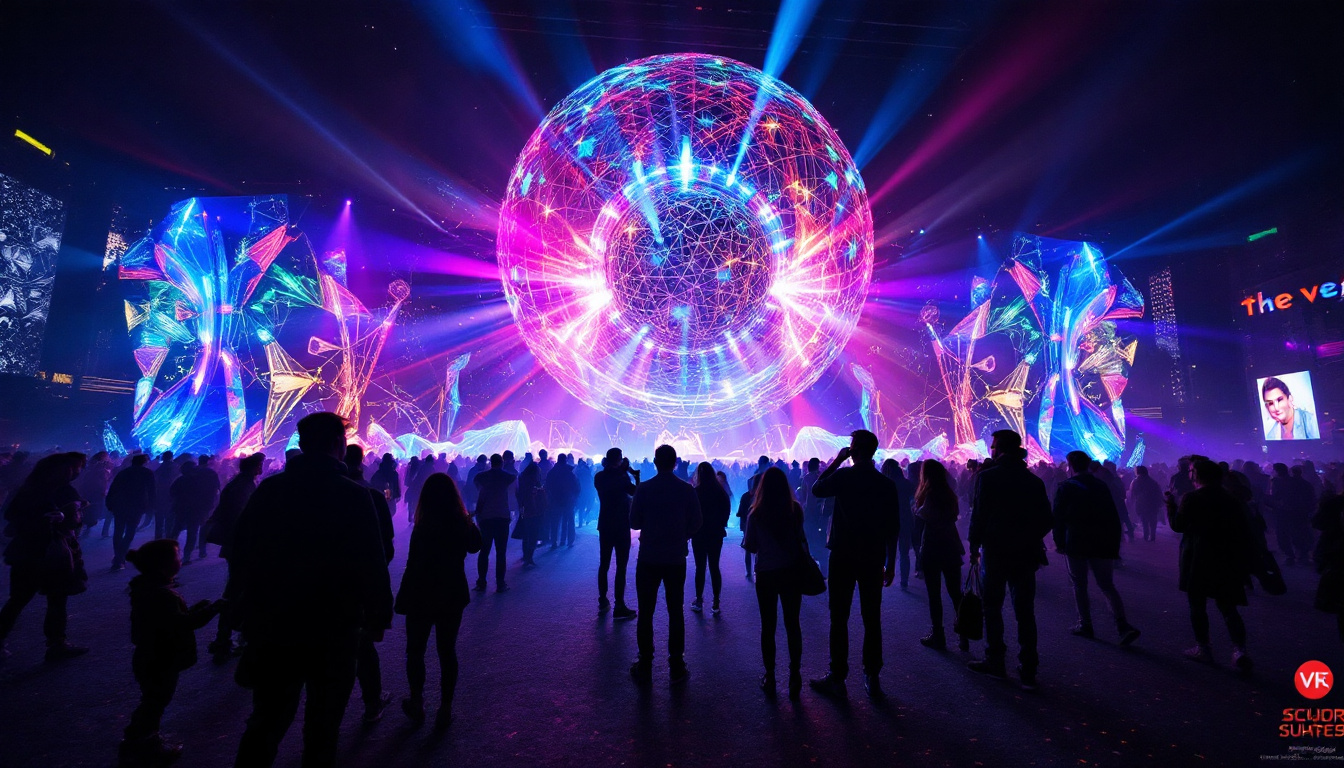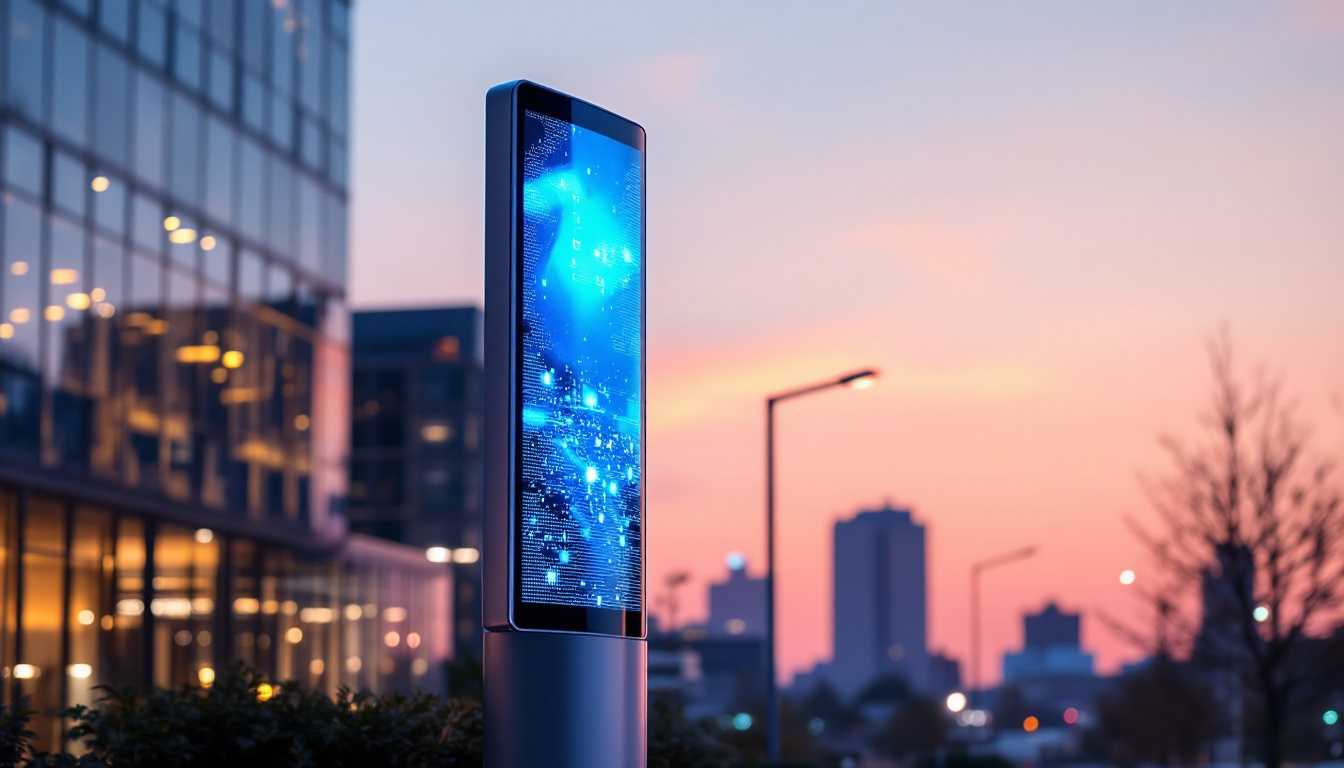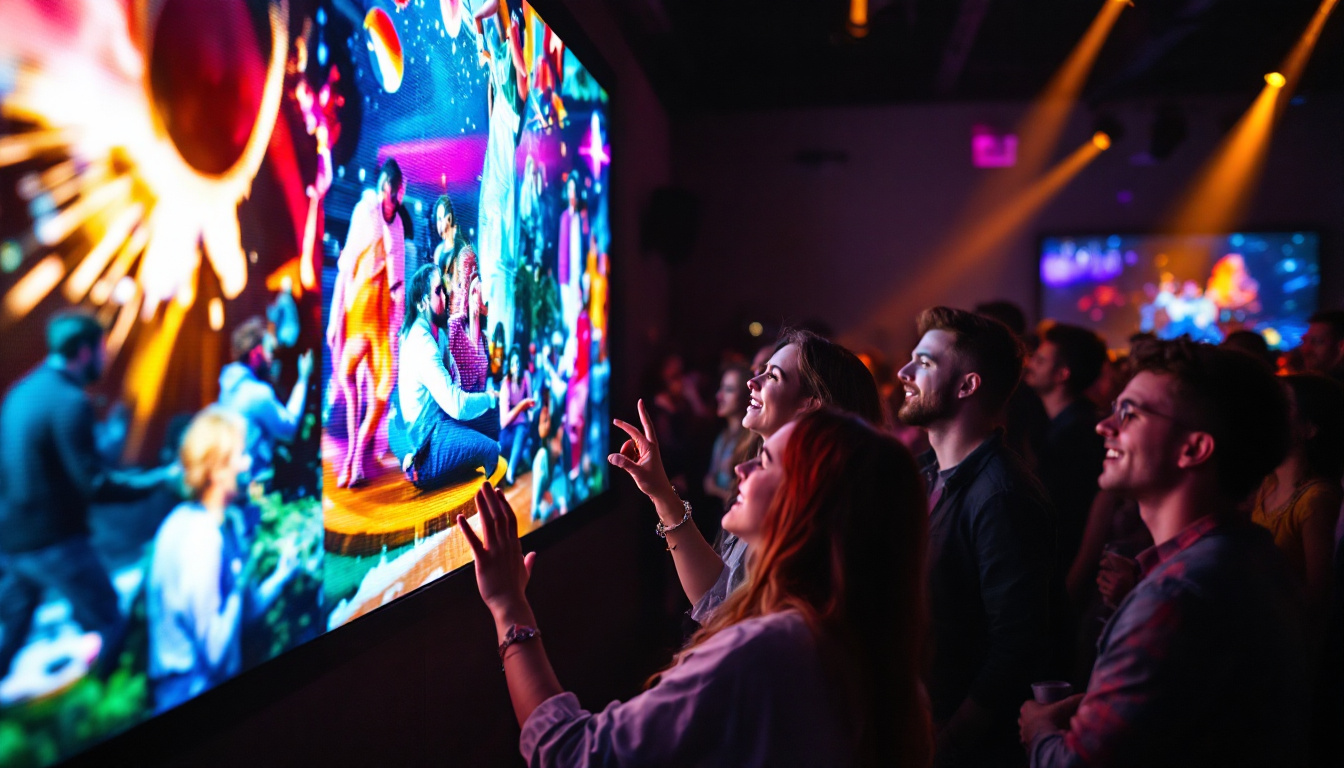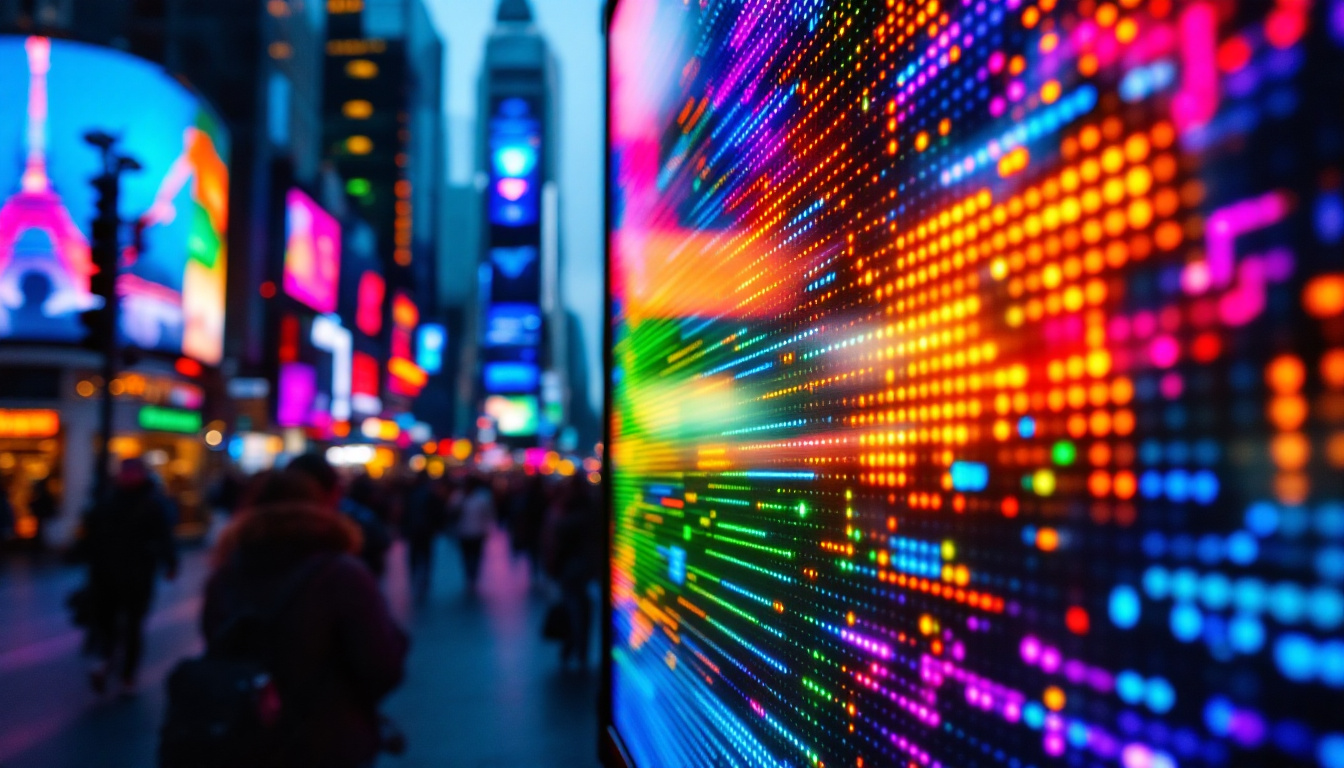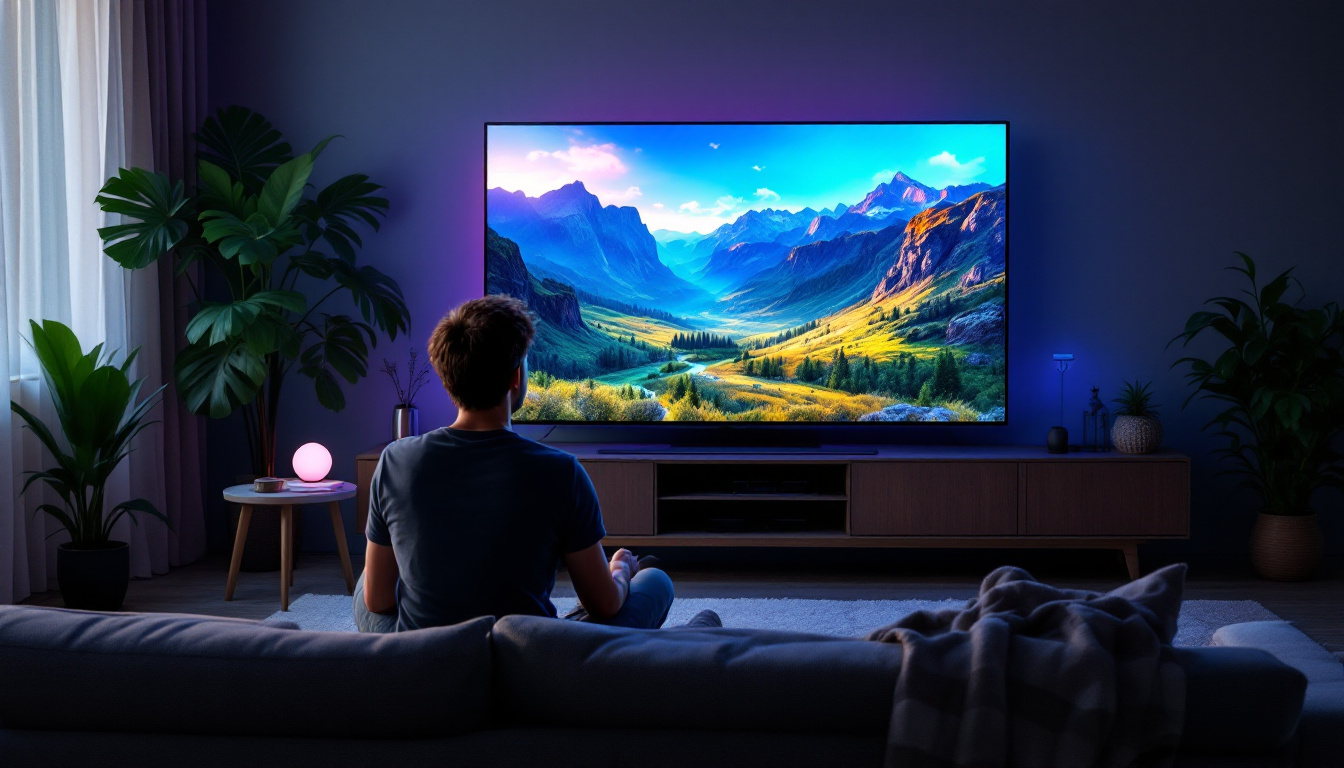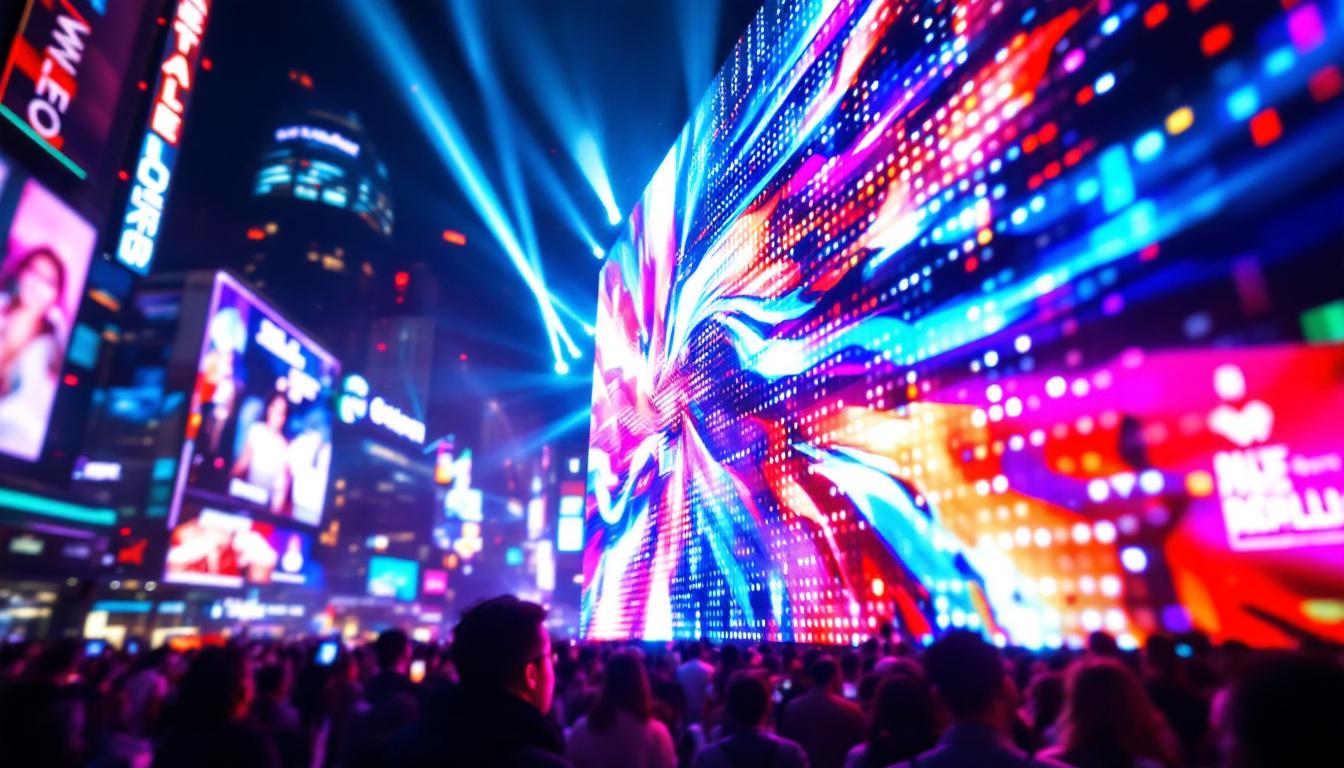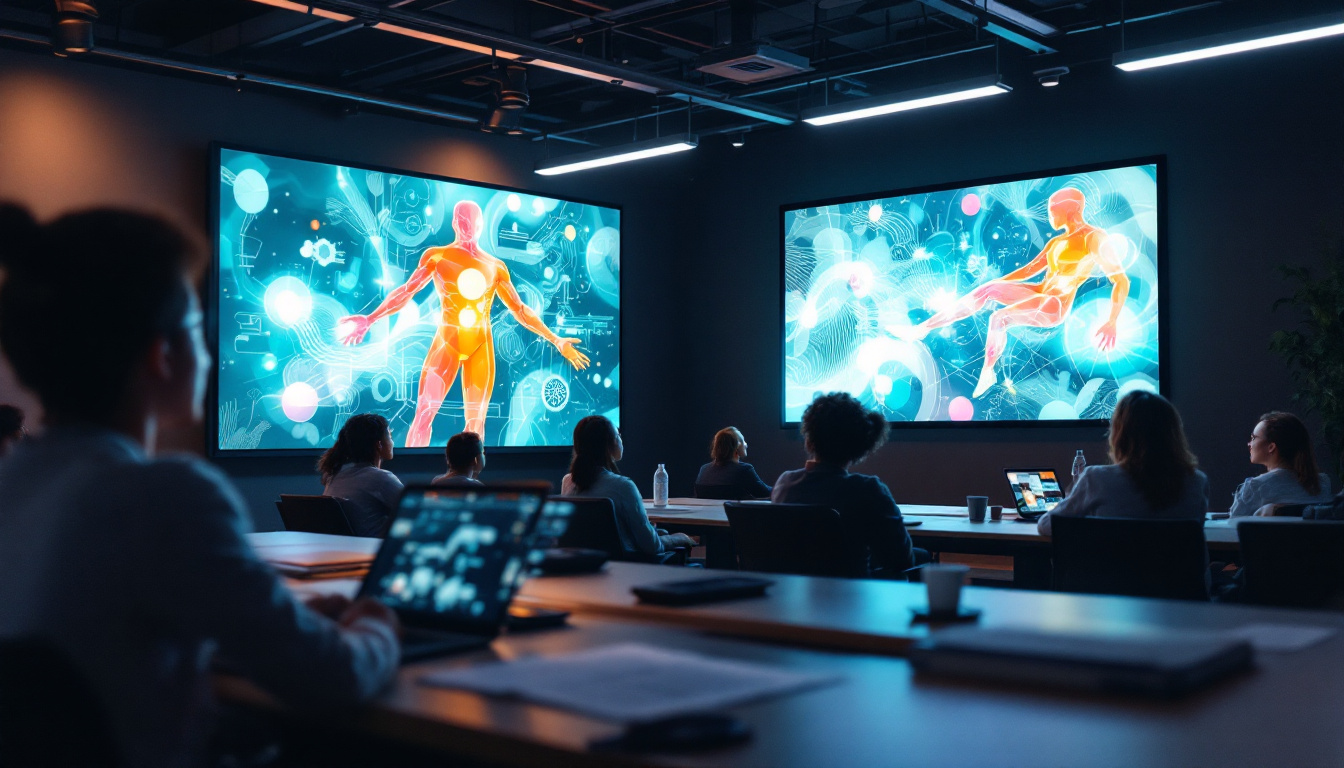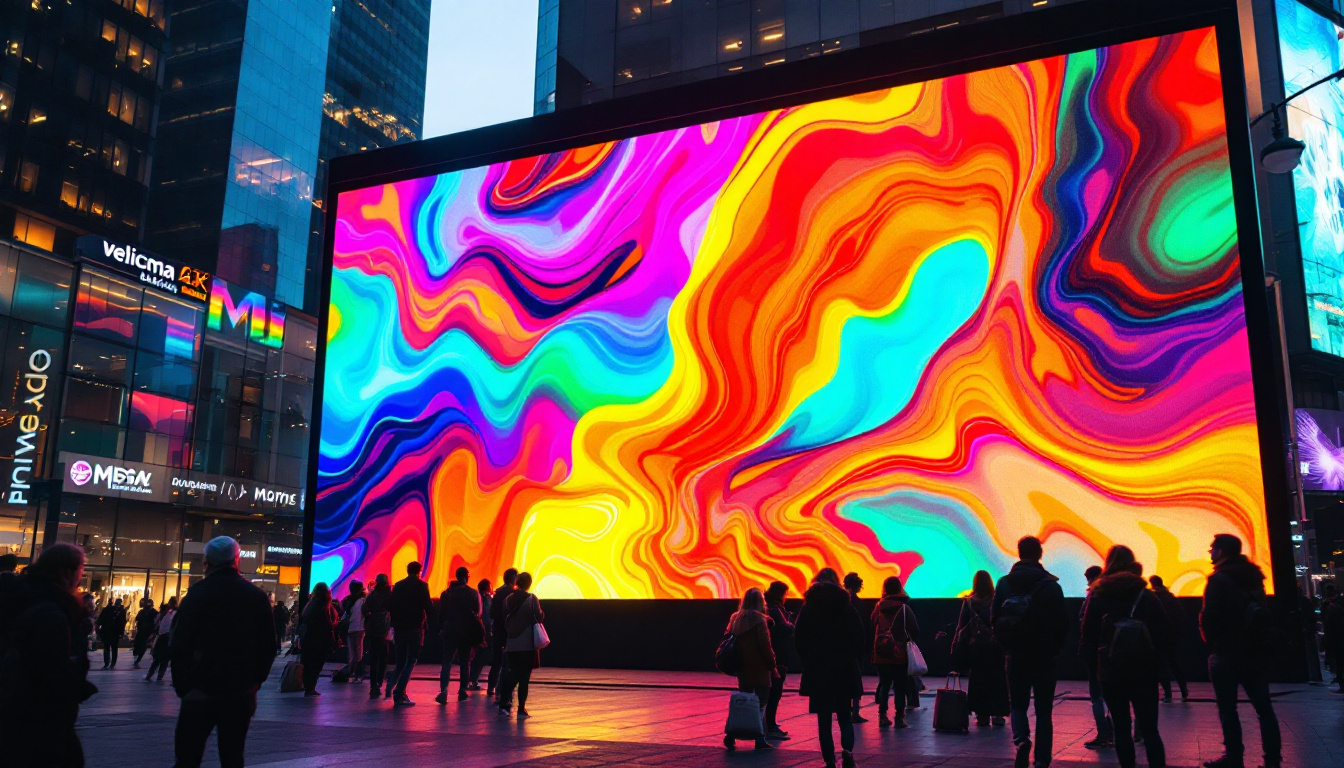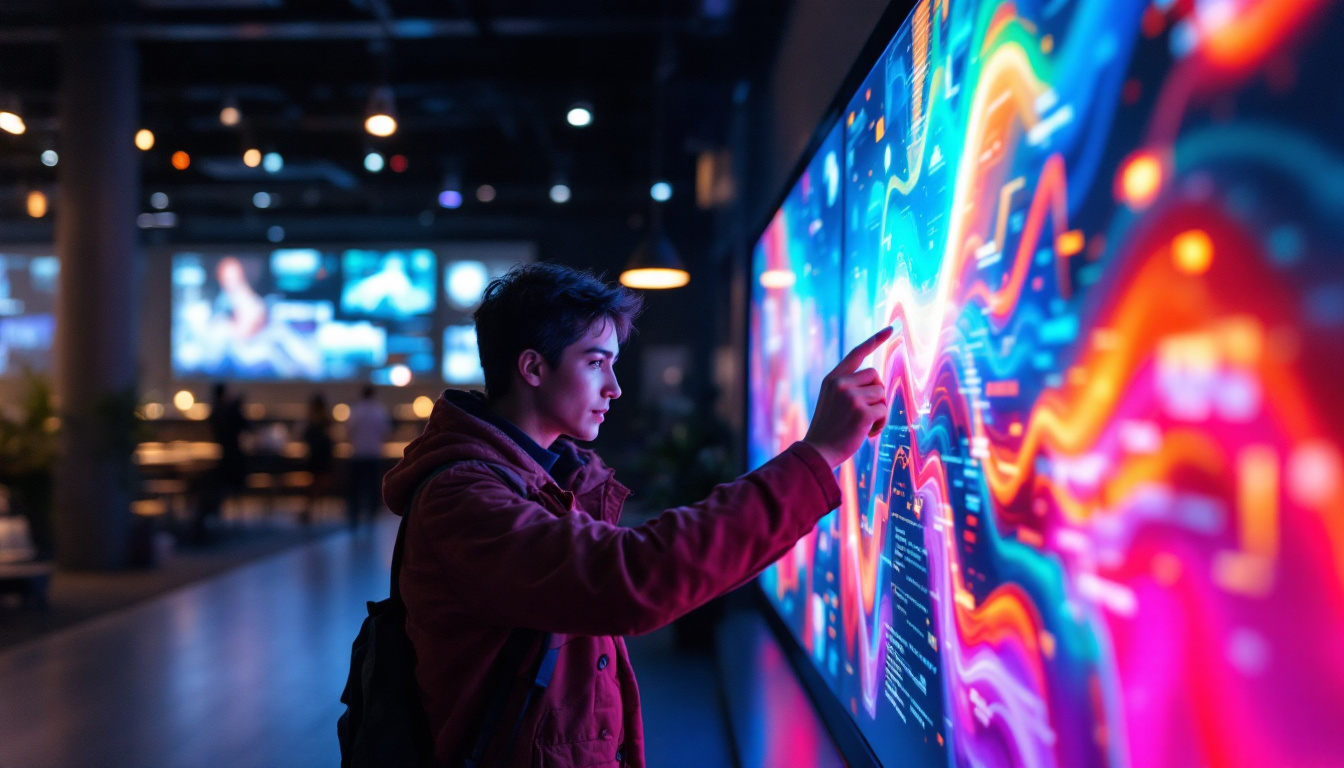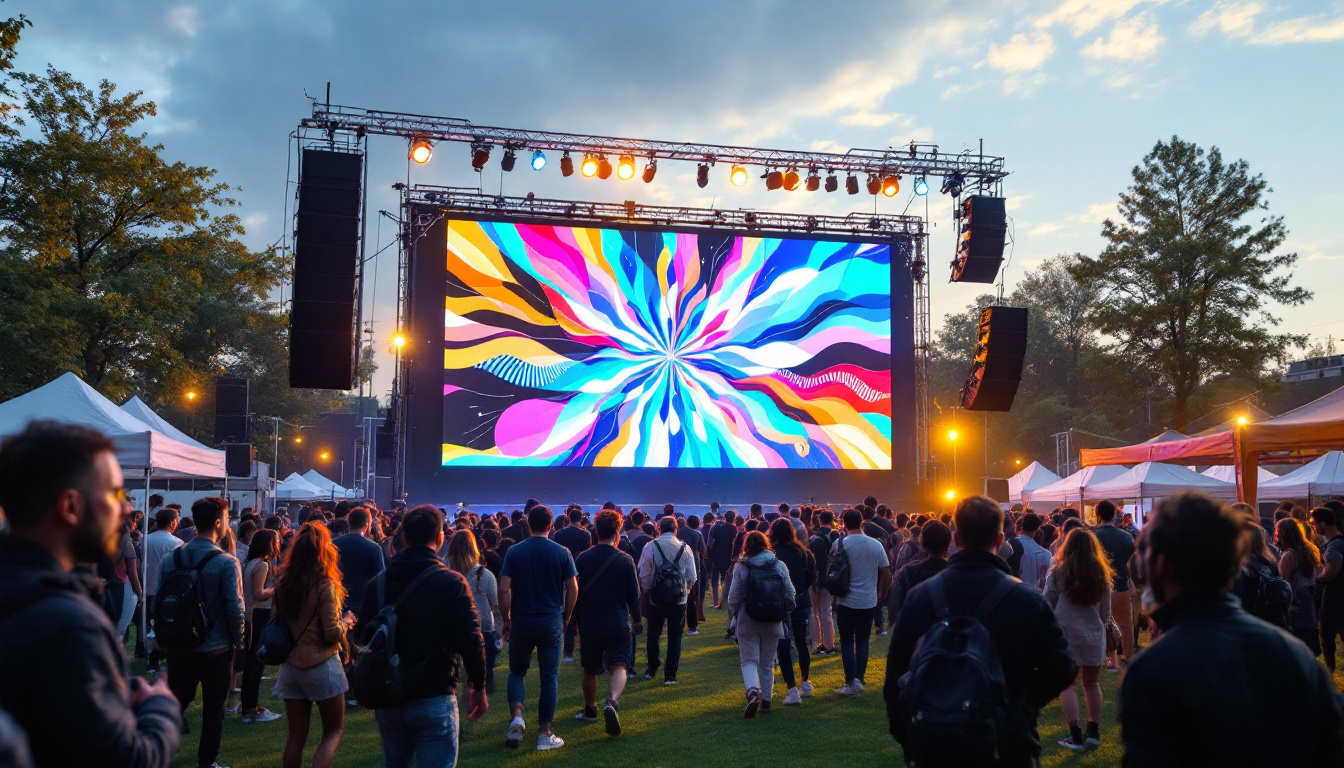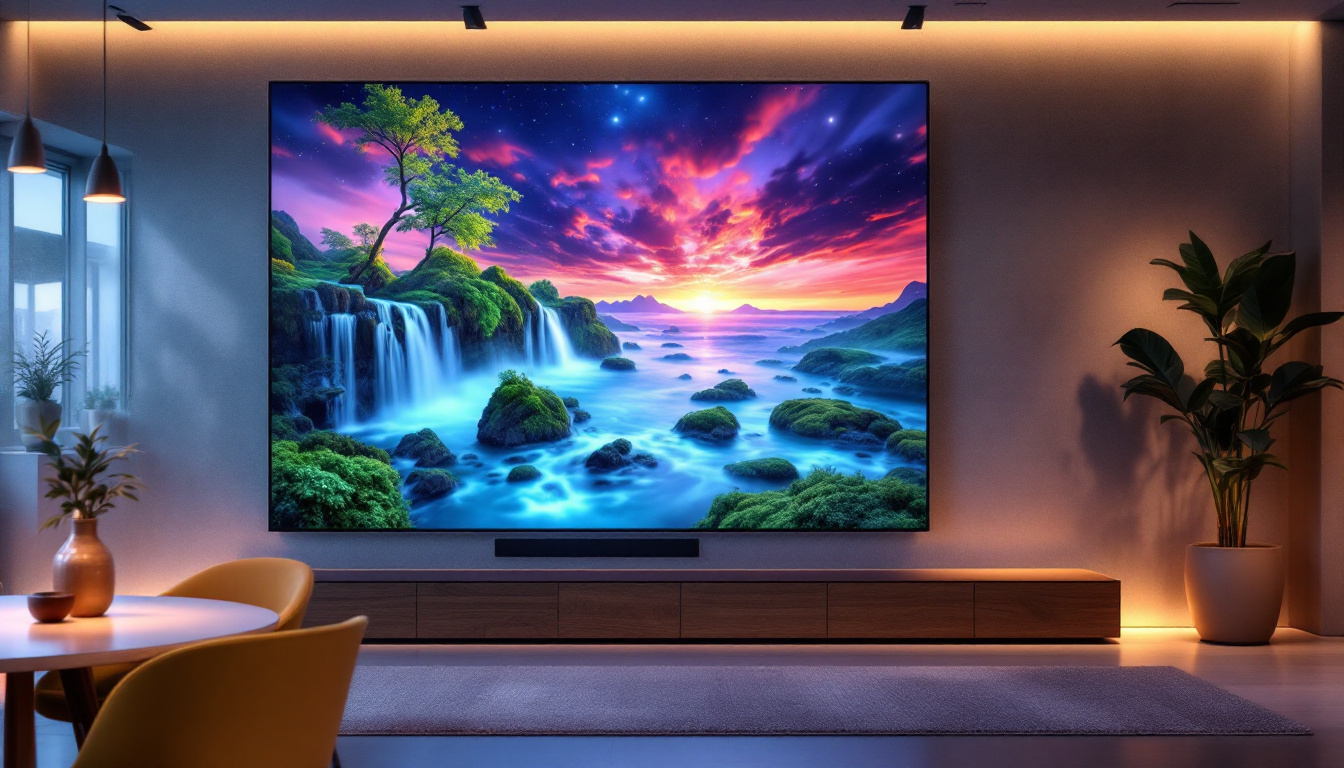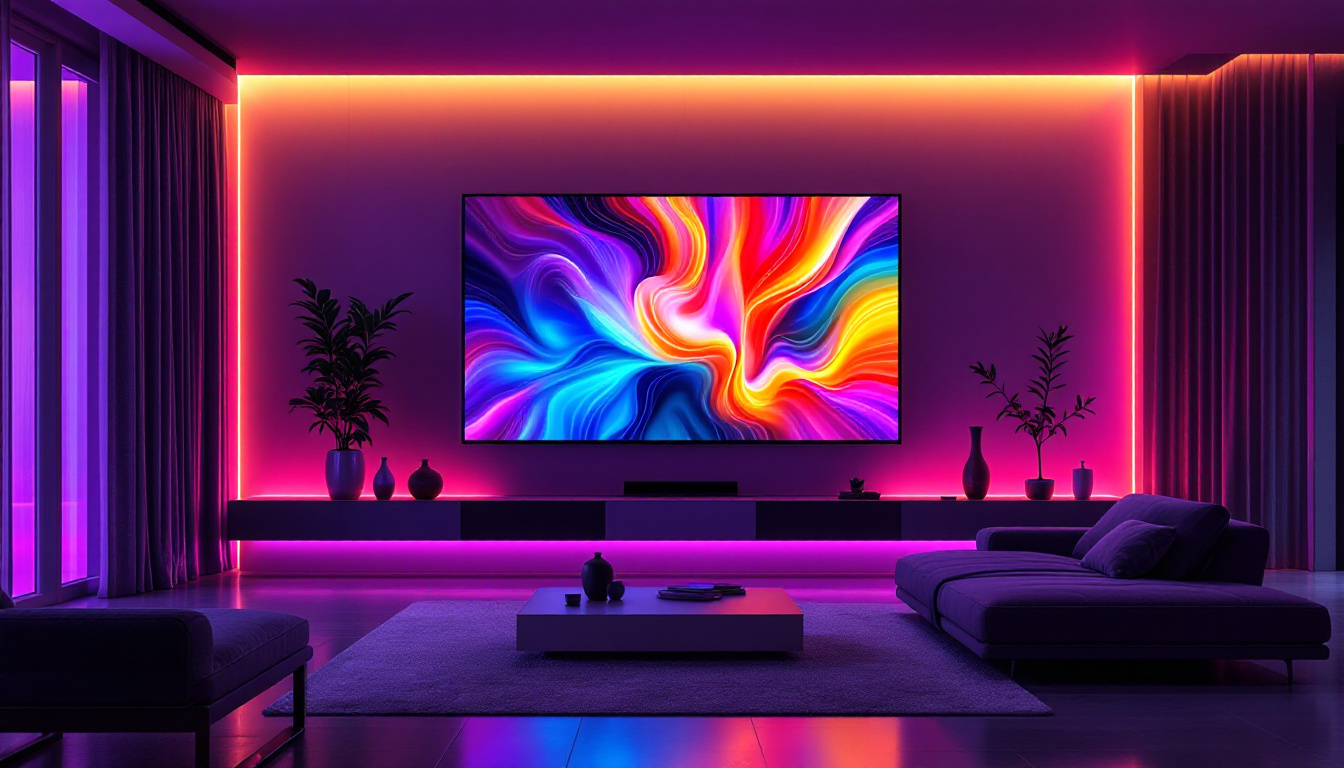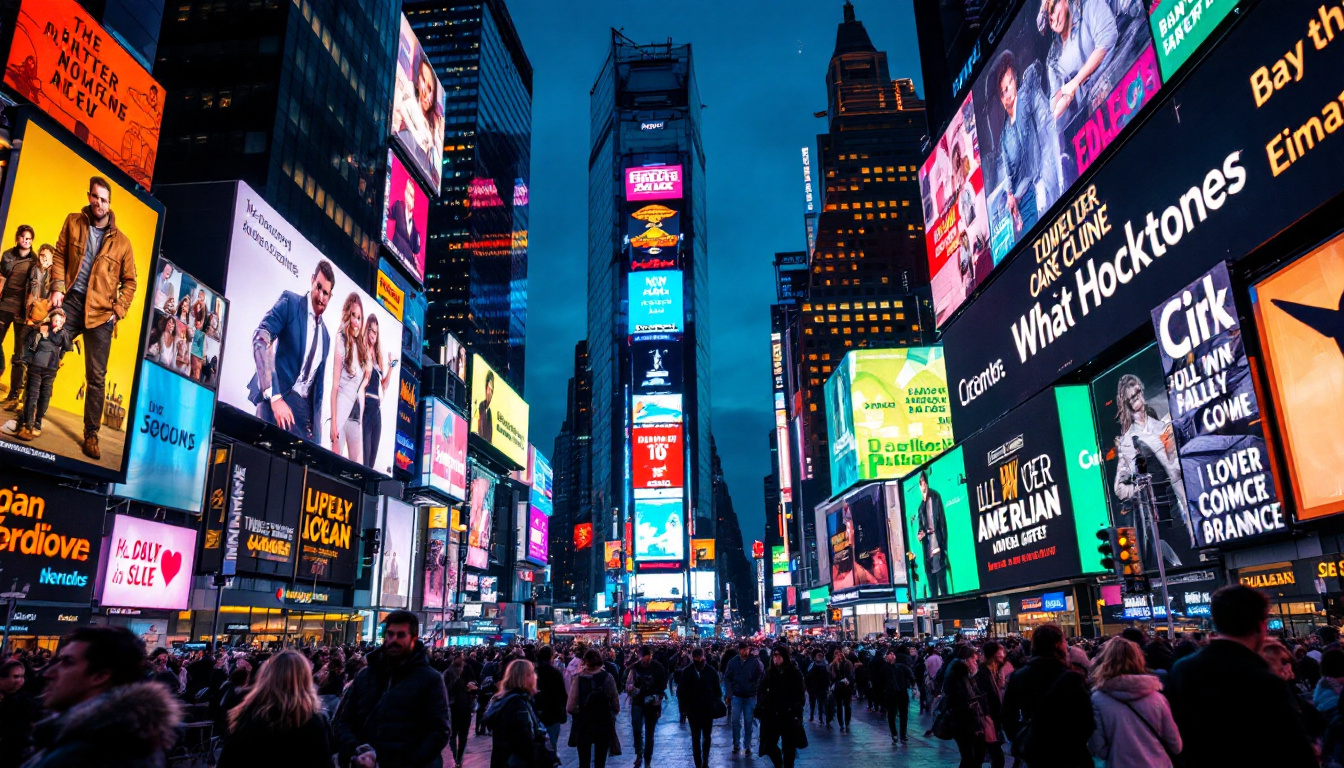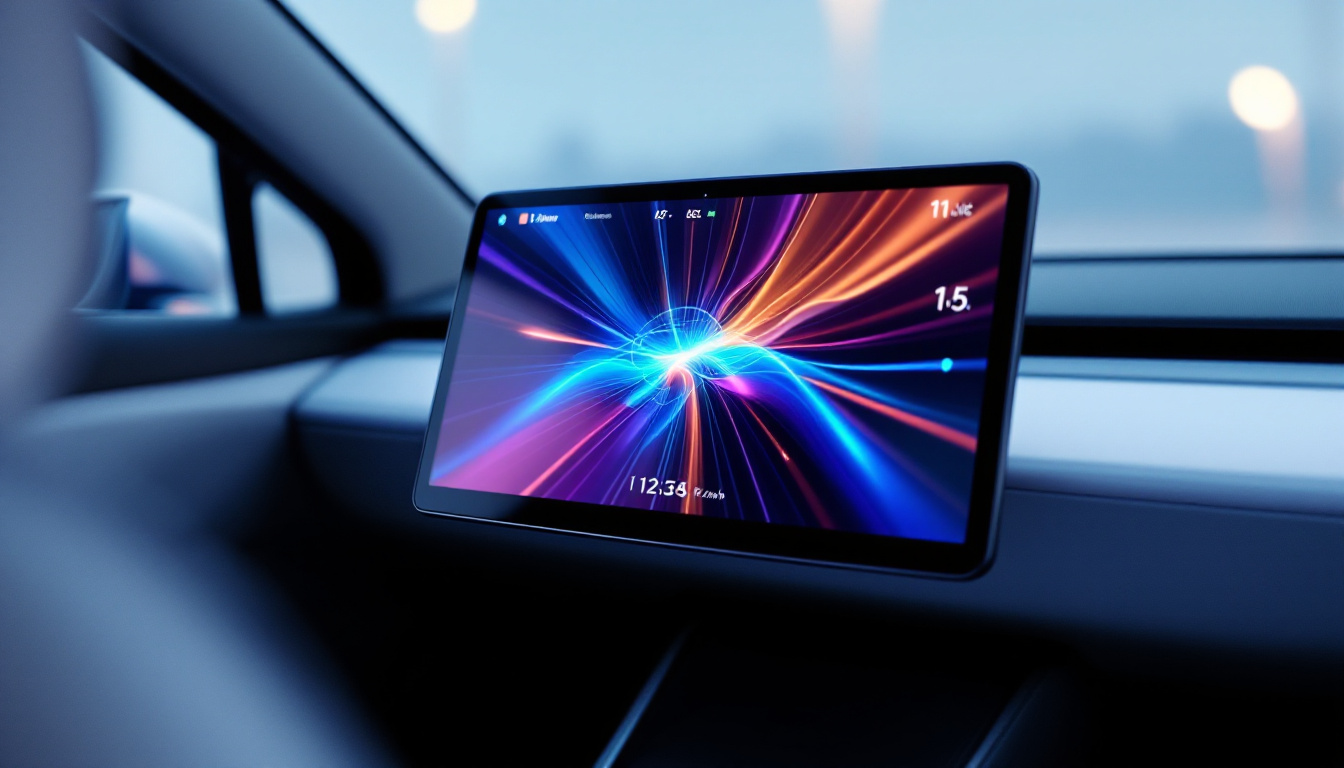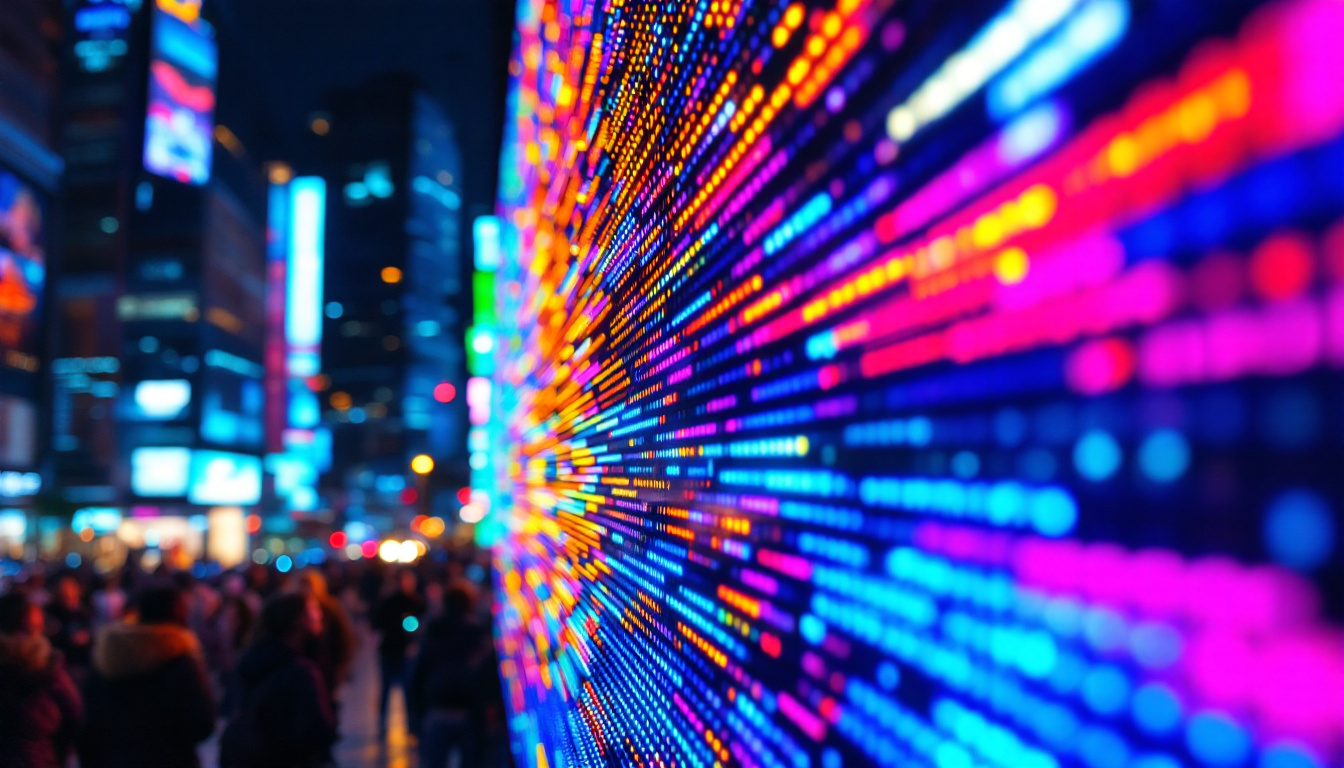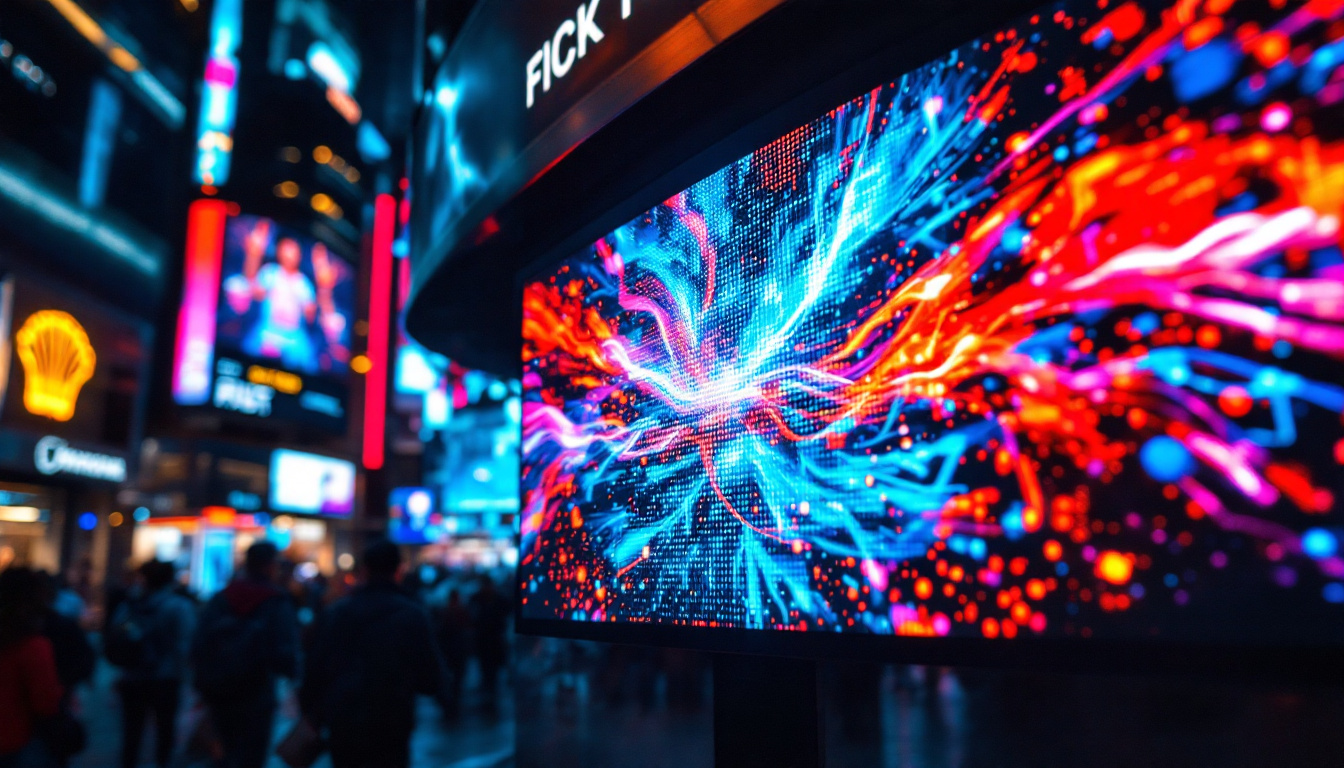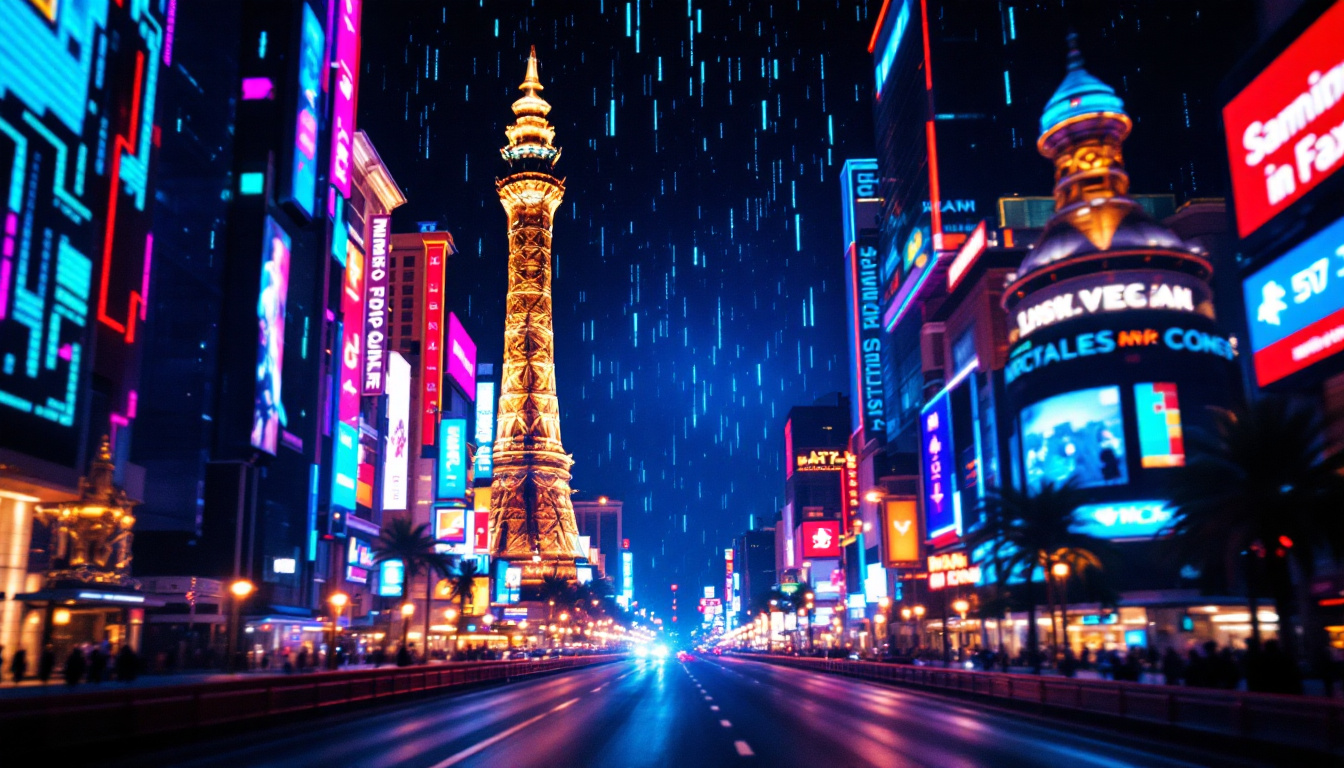In recent years, the emergence of transparent LED displays has revolutionized the way businesses and consumers interact with technology. These innovative screens not only provide high-quality visuals but also allow for a seamless integration into various environments. This article delves into the concept of transparent screens, their functionality, applications, and future prospects.
What is a Transparent LED Display?
A transparent LED display is a type of screen that allows light to pass through while displaying images or videos. Unlike traditional screens that completely block light, these displays utilize a unique design that incorporates transparent materials and advanced LED technology. The result is a screen that can be viewed from both sides, making it ideal for various applications.
How Transparent LED Displays Work
The technology behind transparent LED displays involves a combination of light-emitting diodes (LEDs) and a transparent substrate. The LEDs are arranged in a grid format, allowing them to emit light without obstructing the view behind the screen. When an image is projected onto the display, the transparent areas allow for visibility of the background, creating an engaging visual experience.
These displays typically use a high pixel density to ensure that the images are clear and vibrant. The transparency level can vary, with some displays allowing for up to 90% transparency, making them suitable for a wide range of environments, from retail spaces to art installations. This innovative technology not only enhances the aesthetic appeal of a space but also transforms how information is conveyed, merging digital content with the physical world in a seamless manner.
Key Features of Transparent LED Displays
Transparent LED displays come with several features that set them apart from traditional screens. One of the most notable is their ability to maintain visibility while displaying content. This feature is particularly beneficial in retail environments, where businesses can showcase products while still allowing customers to see through the display. The interplay of light and imagery creates a dynamic shopping experience, encouraging customer engagement and interaction.
Additionally, these displays are energy-efficient, as they consume less power compared to conventional LED screens. Their lightweight design also makes them easier to install and integrate into various settings, from storefronts to museums. Furthermore, transparent LED displays can be customized in size and shape, allowing for creative installations that can fit any architectural design. This flexibility opens up new possibilities for advertising and branding, enabling businesses to create eye-catching displays that capture attention without overwhelming the surrounding environment.
Moreover, the durability of transparent LED displays is another significant advantage. Designed to withstand various environmental conditions, they are often used in outdoor settings, where they can resist moisture and UV exposure. This resilience ensures that the displays maintain their visual quality over time, making them a cost-effective solution for long-term use. As technology continues to advance, we can expect even more innovative applications for transparent LED displays, further blurring the lines between digital and physical realms.
Applications of Transparent LED Displays
The versatility of transparent LED displays has led to their adoption across various industries. Their unique characteristics make them suitable for numerous applications, enhancing both functionality and aesthetics.
Retail and Advertising
In the retail sector, transparent LED displays are increasingly used for advertising and product showcases. Retailers can create eye-catching displays that not only promote their products but also enhance the overall shopping experience. For instance, a transparent screen can be placed in a storefront window, allowing passersby to view promotional content while still seeing the merchandise inside the store.
This dual functionality helps to attract customers and drive foot traffic, making it a valuable tool for businesses looking to stand out in a competitive market. Furthermore, the ability to change content easily allows retailers to keep their displays fresh and engaging.
Architecture and Interior Design
Transparent LED displays have also found a place in architecture and interior design. They can be integrated into building facades, allowing for dynamic advertising or artistic displays that do not obstruct the view of the surrounding environment. This integration not only enhances the aesthetic appeal of a building but also serves practical purposes, such as providing information or wayfinding.
Inside commercial spaces, these displays can be used as partitions or decorative elements, adding a modern touch to the interior. The ability to display digital art or information while maintaining transparency creates a unique atmosphere that can enhance the overall experience of visitors.
Transportation and Public Spaces
Transparent LED displays are also being utilized in transportation hubs and public spaces. Airports, train stations, and bus terminals can benefit from these displays by providing real-time information to travelers while maintaining visibility throughout the space. For example, a transparent display can show flight information while allowing passengers to see the boarding area behind it.
In public spaces, these displays can serve as interactive information points, providing details about local attractions or events while blending seamlessly into the environment. This application not only improves the flow of information but also enhances the overall aesthetic of the space.
Advantages of Transparent LED Displays
The growing popularity of transparent LED displays can be attributed to several advantages they offer over traditional screens. Understanding these benefits can help businesses and consumers make informed decisions about their use.
Enhanced Visibility
One of the most significant advantages of transparent LED displays is their enhanced visibility. Unlike traditional screens that can obstruct views, transparent displays allow for a clear line of sight while still delivering engaging content. This feature is particularly useful in environments where maintaining visibility is crucial, such as retail spaces and public areas.
Energy Efficiency
Transparent LED displays are designed to be energy-efficient, consuming less power than conventional displays. This efficiency not only reduces operational costs but also contributes to a more sustainable approach to technology. As businesses increasingly focus on sustainability, transparent displays offer a compelling solution that aligns with eco-friendly initiatives.
Versatile Design Options
The versatility of transparent LED displays allows for various design options, making them suitable for different applications. They can be customized in terms of size, shape, and transparency level, enabling businesses to create unique displays that fit their specific needs. This adaptability makes transparent displays an attractive choice for a wide range of industries.
Challenges and Considerations
While transparent LED displays offer numerous advantages, there are also challenges and considerations that potential users should be aware of. Understanding these factors can help in making informed decisions about their implementation.
Cost Implications
One of the primary challenges associated with transparent LED displays is their cost. Compared to traditional displays, transparent screens can be more expensive to produce and install. This higher initial investment may deter some businesses from adopting the technology, especially small enterprises with limited budgets.
However, it is essential to consider the long-term benefits and potential return on investment that transparent displays can provide. As technology advances and production costs decrease, it is likely that these displays will become more accessible to a broader range of businesses.
Content Management
Another consideration is the management of content displayed on transparent LED screens. Businesses need to invest in robust content management systems to ensure that the information displayed is relevant and engaging. This requirement may necessitate additional resources and training for staff, which can be a hurdle for some organizations.
Environmental Factors
Transparent LED displays may also face challenges related to environmental factors. For instance, direct sunlight can affect visibility and color accuracy, potentially diminishing the effectiveness of the display. Businesses must carefully consider the placement of these screens to optimize their performance and ensure that they are used in suitable environments.
Future Trends in Transparent LED Technology
The future of transparent LED displays appears promising, with several trends emerging that could shape their development and application in the coming years. As technology continues to evolve, these trends may lead to new opportunities and innovations.
Advancements in Transparency Levels
One of the most exciting trends in transparent LED technology is the potential for advancements in transparency levels. Researchers and manufacturers are exploring new materials and designs that could allow for even greater transparency without sacrificing image quality. This development could lead to displays that are nearly invisible when not in use, further enhancing their aesthetic appeal.
Integration with Augmented Reality
Another trend is the integration of transparent LED displays with augmented reality (AR) technology. This combination could create immersive experiences that blend the digital and physical worlds seamlessly. For example, a transparent display could overlay digital information onto real-world objects, enhancing user interaction and engagement.
As AR technology continues to advance, the potential applications for transparent displays in various industries, including retail, education, and entertainment, are vast.
Smart Features and Connectivity
Future transparent LED displays are also likely to incorporate smart features and connectivity options. This development could enable users to control and customize their displays remotely, allowing for real-time updates and interactions. The integration of IoT (Internet of Things) technology could further enhance the functionality of these displays, making them more versatile and user-friendly.
Conclusion
Transparent LED displays represent a significant advancement in display technology, offering unique features and applications that set them apart from traditional screens. Their ability to provide high-quality visuals while maintaining transparency makes them ideal for a variety of environments, from retail spaces to public areas.
As technology continues to evolve, transparent LED displays are expected to become more accessible and affordable, paving the way for broader adoption across industries. With ongoing advancements in transparency levels, integration with augmented reality, and the incorporation of smart features, the future of transparent displays is bright.
In a world where visual communication is increasingly important, transparent LED displays are poised to play a crucial role in shaping the way businesses and consumers interact with technology. Embracing this innovative technology could lead to new opportunities and enhanced experiences for users around the globe.
Discover the Future of Visual Communication with LumenMatrix
Ready to elevate your visual engagement to new heights? Explore LumenMatrix’s comprehensive range of LED display solutions, where innovation meets functionality. From mesmerizing Indoor and Outdoor LED Wall Displays to dynamic Vehicle and Sports LED Displays, our offerings cater to every need. Immerse your audience with our LED Poster and Floor Displays, or customize your message with our Custom and All-in-One LED Display options. Embrace the future with our LED Transparent Displays and transform your space into a captivating visual experience. Check out LumenMatrix LED Display Solutions today and redefine the way you communicate with your audience.

